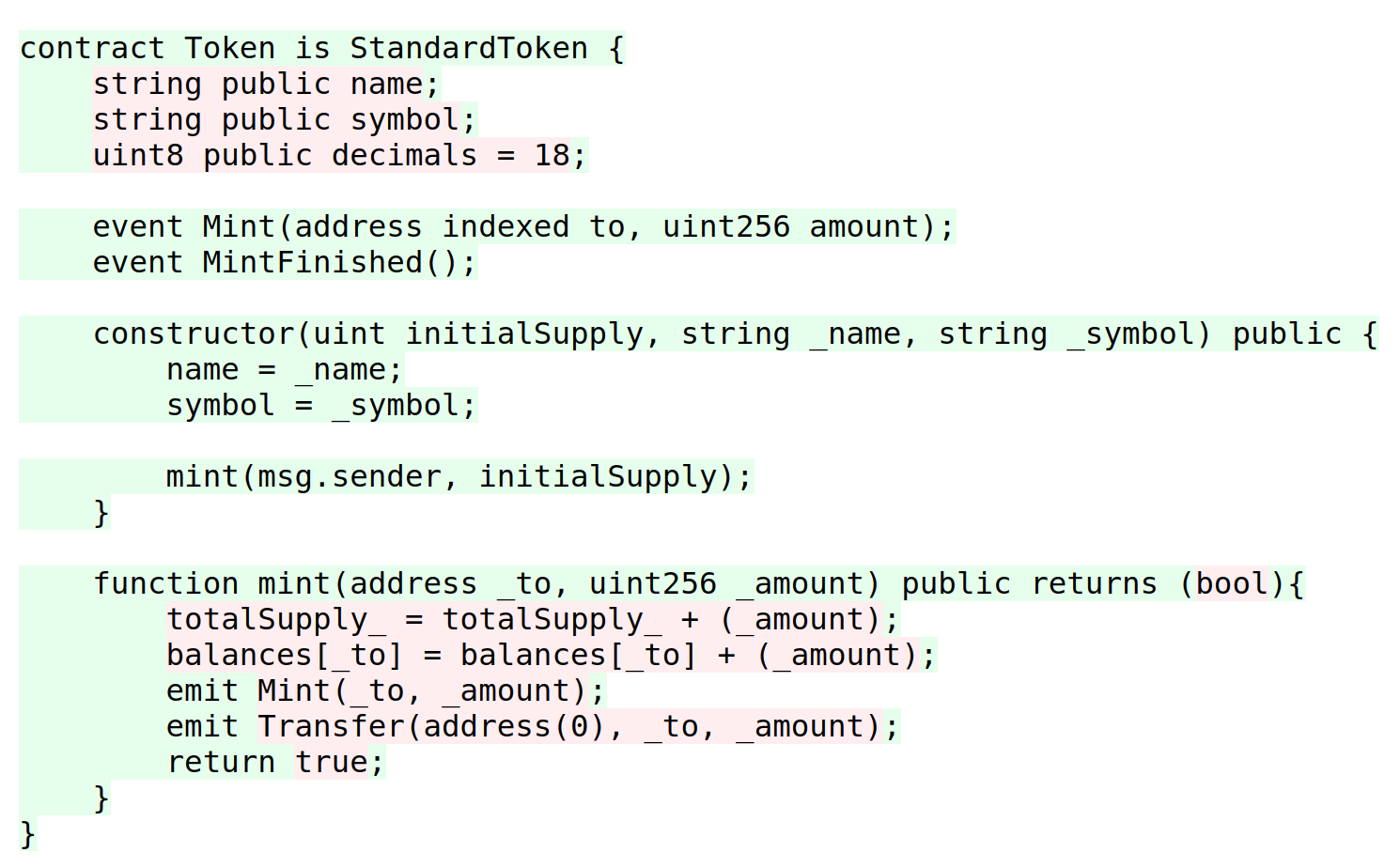
Solstice is a code coverage tool for the solidity language. The current dependencies are;
- A running parity client
- A local version of
solc
- Access to the solidity contract code (and not just the addresses of said contracts on the blockchain).
It produces html files of the marked-up source code, where covered regions are marked green and uncovered regions are red.
Rudimentary setup instructions
- Clone this repo
- Have a working go development environment
- Run
dep ensure just inside the directory to install dependencies
- Get a parity blockchain running
- Fill out the
config.yml file
- Run
go build -o solstice
- Run
./solstice cover
If all works as intended, your test command will run, you will see transactions happening on the parity client, and html files will be produced inside the coverage_report_dir you specified in the config file. If you open those html files in a browser, they should look like your source code files, marked red or green in a reasonable pattern reflecting your test coverage.

The config file
Solstice supports the following configuration options in a YAML file. For an example, see config.yml.
contracts_dir: A directory which contains all of your .sol contract files.coverage_report_dir: The directory that you want the coverage report to end up in.blockchain_client: The URL and port that your parity blockchain client is available on.test_command: The command that runs your testing suite, which will send transactions to blockchain_client. Each space-separated part of the command should go on a separate line in the yaml, as a list.solc_args: A YAML list of args to be given to the solc compiler while compiling your contracts. These args will be placed between the solc invocation and the --combined-json flag, in the order given. These args should match the ones that were originally used to compile the contracts that the test_command sends transactions to.
Other commands
solstice debug will tell you the last line of code that a particular transaction ended on. This is especially useful for reverts, since the EVM does not currently provide any kind of error messages or stack traces.
solstice display has two modes. One takes a transaction ID and delivers marked up source code for each step in the transaction, similar to a stack trace. The other takes a contract file and delivers marked up source code for each node in the abstract syntax tree (AST) of that file.
solstice cover_line prints a more simplistic report of contract line numbers that were hit during the test run.
Running the tests
Some unit tests are available by running go test ./tests.
 Documentation
¶
Documentation
¶